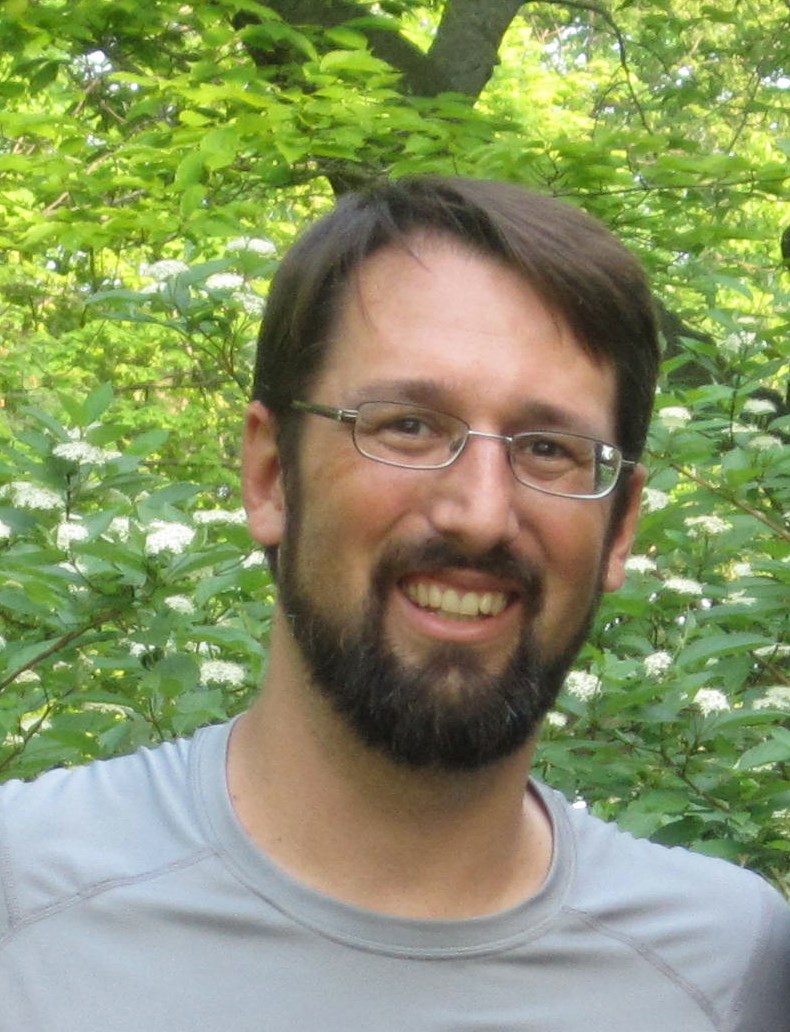 According to scriptural record, on the night before the crucifixion a violent showdown erupted between Jesusās disciples and those whoād come to arrest him. Peter, eager to defend his master, unsheathed his sword and struck off the right ear of one of their foes. Jesus was quick to reprimand him. āAll who take the sword will perish by the sword,ā he counseled, before telling Peter to put away his weapon. Then Jesus did the unthinkable: he reached out to his injured enemy and healed him.
According to scriptural record, on the night before the crucifixion a violent showdown erupted between Jesusās disciples and those whoād come to arrest him. Peter, eager to defend his master, unsheathed his sword and struck off the right ear of one of their foes. Jesus was quick to reprimand him. āAll who take the sword will perish by the sword,ā he counseled, before telling Peter to put away his weapon. Then Jesus did the unthinkable: he reached out to his injured enemy and healed him.
This and other stories from the Gospels are sometimes interpreted to mean Jesus was a kind of āuber pacifist,ā a man with superpowers of nonviolent conflict resolution. But is that true? Moreover, is it possible to follow Christās example in a world with school shootings, terrorist attacks, online bullying, and supercharged political speech? Iāve come to believe itās not only possible, but necessary, though it means going far beyond the human practice of nonviolence to embrace an entirely new way of thinking about oneās enemies. Jesus, as usual, showed us the way.
In my view, what Jesus practiced was a spiritual brand of pacifism that looked beyond the labels of āfriendā and āenemyā altogether. While Jesus certainly endured plenty of hatred and violence, the Christ gazed past this tumultuous mortal picture to recognize thatāat least in absolute termsāhis āenemiesā were Godās children: perfect, spiritual, and loved. Thatās why Jesus claimed he could have walked free from his āenemies,ā if God hadnāt ordained him with a much larger mission.
Mary Baker Eddy, author of Science and Health with Key to the Scriptures, had much to say about enemies, too. āāLove thine enemiesā is identical with āThou hast no enemies,ā she wrote. āWherein is this conclusion relative to those who have hated thee without cause? Simply, in that those unfortunate individuals are virtually thy best friends.ā In other words, our enemies are friends because they provide us with opportunities to grow spiritually; when weāre successful at seeing past human labels, even the most violent narrative can change to a peaceful one.
Antoinette Tuff, a school bookkeeper from Atlanta who was confronted by a gunman in August 2013, saw this work firsthand. Instead of panicking, she reached out to the angry young man in front of her as a person, confiding in him about her divorce and attempted suicide. Eventually, and without hurting anyone, the gunman laid down his assault rifle. āI knew the pain he felt, so I was able to show him compassion and love,ā says Tuff. āWhen we show compassion, it just works.ā
Another example involves my friend George Nutwell, a Christian Science practitioner from Texas who for years managed security at US embassies for the Department of State. He remembers frequent rocket attacks at the American embassy while serving in Iraq, which inspired him to pray daily for the protection of embassy staff. Still, the rockets kept coming. āI came to realize that praying for myself and those I was responsible for was not enough,ā says Nutwell. āIt wasnāt until I started thinking about the people firing the rockets, and praying for them, that the rocket attacks stopped. And for some years after that there were no more rocket attacks.ā
According to human logic, Tuff and Nutwell had every reason to be afraid, to feel anger and resentment toward their attackers. And yet they overcame this narrative by responding with meekness, humility, charity, and compassionāsaving their own lives and the lives of many others in the process.
Is it time to reconsider how we see our enemies?
 Matt JacksonĀ has been fascinated by how science and religion relate to each other for as long as he can remember. He is a member of the Christian Science church in Victoria, BC, and has been a professional writer and editor for 22 years.
Matt JacksonĀ has been fascinated by how science and religion relate to each other for as long as he can remember. He is a member of the Christian Science church in Victoria, BC, and has been a professional writer and editor for 22 years.
You can read more articles from our interfaith blog. The Spiritual View,

